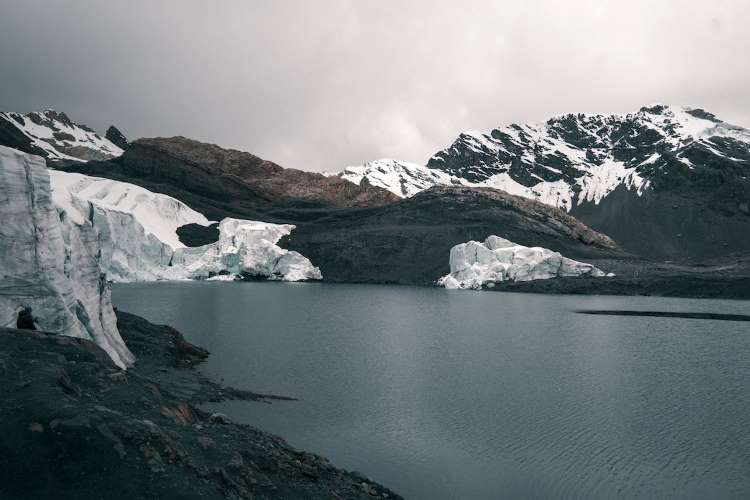Himalayan ecology in crisis: The development projects seem to have started taking their toll on Himalayan ecology. The incidents unfolding in the pilgrim city of Joshimath make it amply clear that mindless development cannot go on at the cost of nature. The pilgrimage centre in Uttarakhand has been sinking for decades and reports blame successive governments for choosing to ignore this and unleashing a slew of development projects. The recent projects undertaken by the state and Union governments have aggravated the problem. These projects include a dam and a border road to Badrinath.
Located at the height of 6,000 feet, Joshimath is a key hub for religious tourism and is situated in an earthquake prone area. The town with a population of 20,000 is sinking in a phenomenon called “subsidence”. This is caused when the material under the ground shifts for a variety of reasons. According to pre-pandemic data, the city receives 50,000 tourists every year. What is unfolding in Joshimath has caused an emergency need for evacuation of 600 families in the area as there are deep cracks in houses, temples and roads. However, only 38 families have been relocated so far.
READ | Front of pack nutrition labelling: Star ratings may not be the right format
The cost of playing with nature
The disaster at Joshimath has been in the making for decades and there is nothing sudden about the collapse. Human activity is partly to blame for this along with geography. This area of Uttarakhand is located on a geological fault line. To further intensify the issue, there are two other fault lines near the city which makes it highly vulnerable to sinking. The town has been built on unstable ground with lots of loose soft rocks, moraine (material left behind by retreating glaciers), and sediments, making the area unfit for large constructions.
Geologists have been pointing this out for decades, warning against any heavy construction activity. Simply put, there is a limit to what the town can sustain in terms of buildings or being disturbed by activities such as construction of big infrastructure projects like dams and roads. The government has been aware of this for nearly 50 years.
Precarious Himalayan ecology
The Mishra committee report had warned in 1976 that the town is located on landslide debris and inherently unstable. Any heavy construction activity would simply push it over the edge. One of its members even told the residents that their town was most likely to sink as it has a lifeline of just 100 years. A more recent study concluded that nearly all of Joshimath was experiencing “subsidence”, reiterating the 1976 findings. Parts of Joshimath are sinking at a rate of 85mm a year.
The irony is that despite the government being aware of the issues, it continued with heavy infrastructure projects due to booming religious activity in the area. The state’s infrastructure expanded to accommodate the rising number of tourists despite the inability of Joshimath to shoulder any more projects.
The proverbial last straw was the Rs 120 billion (Rs 12,000 crore) highway expansion project called Char Dham road. While environmentalists and locals vehemently opposed the project citing possible damage to Himalayan ecology, it went on till 2021.
Part of the project was the Helang bypass which further destabilised the base of Joshimath. Even though all construction has been halted, the environmentalists allege that the damage has already been done and is irreversible. Locals also believe that the Tapovan project is also a contributor to the miseries as a tunnel runs right under the town, hollowing the ground from inside.
While the government continues to go ahead with its development plans despite warnings from reports and local residents, the bottom line is that the environment cannot be saved until the government and policy makers accept that certain parts of the nature cannot be tamed and must be left alone for the good of humanity and nature.
The need of the hour is to take proactive measures to save the Himalayan ecology and bring conversations around these topics to the forefront. Whatever projects that the government must undertake, they must happen after serious environmental impact studies and after consultations with stakeholders and experts.
What goes on in the name of development must not go unnoticed since India is already one of the most vulnerable countries to climate change. And humanity will bear the cost of mindless interventions with nature sooner than later.

